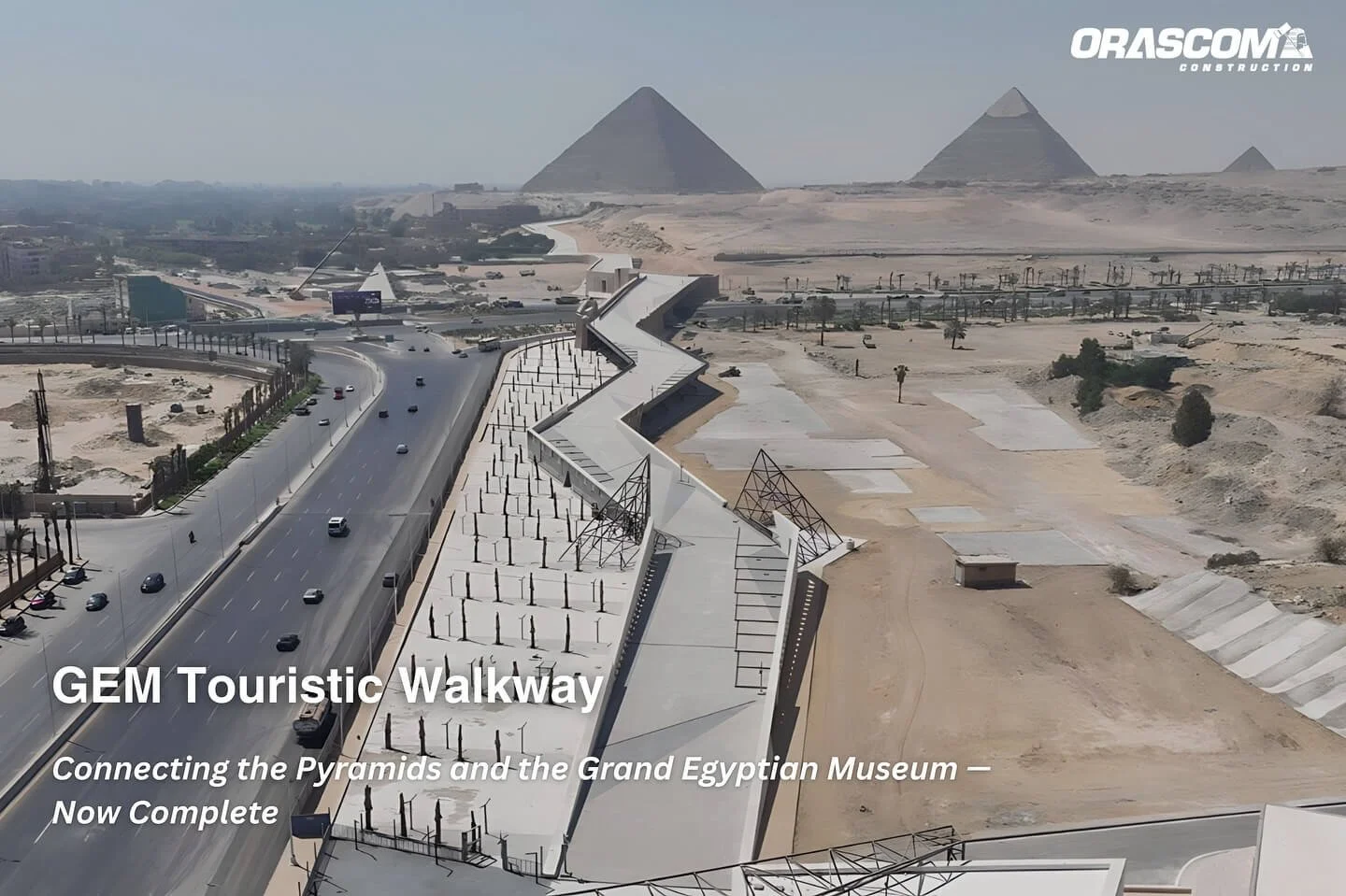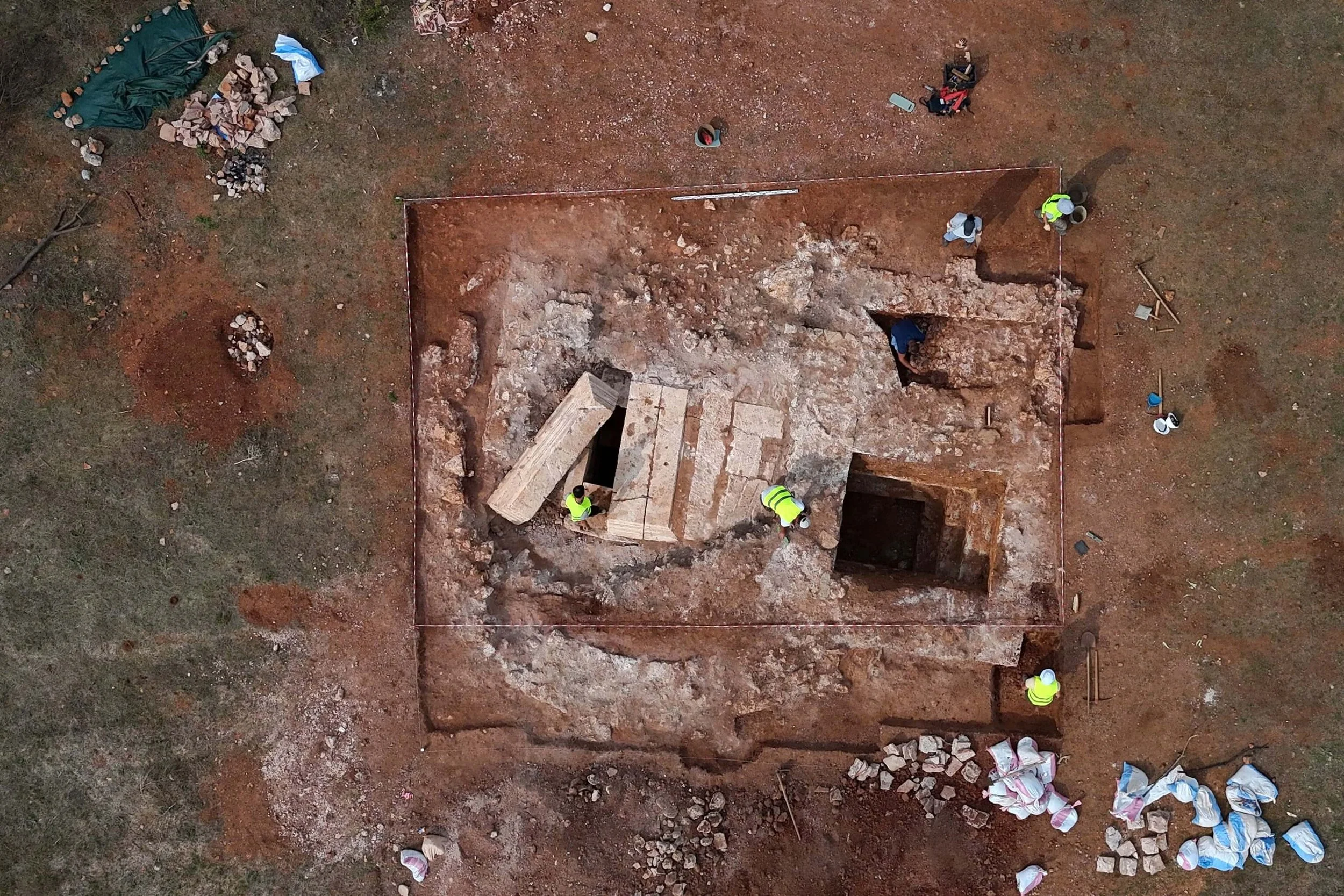By The Archaeologist Editor Group
Debunking the Dendera Light Bulb Myth: A Closer Look at Ancient Egyptian Symbolism
The world of archaeology and ancient history is often filled with intriguing mysteries and enigmatic artifacts that captivate the imagination. One such mystery that has gained popularity in recent years is the so-called "Dendera Light Bulb." This article aims to debunk the misconceptions surrounding this phenomenon and shed light on the true meaning behind the ancient Egyptian symbolism found at the Dendera Temple.
The "It Looks-Like" Fallacy
Before delving into the details, it's essential to address the "It Looks-Like" method of interpretation. This approach, which is unscientific and unscholarly, involves making assumptions based solely on visual resemblance. In the case of the Dendera Light Bulb, proponents of this method claim that certain reliefs at the temple resemble light bulbs, leading to the misguided conclusion that ancient Egyptians possessed advanced electrical technology, a form of wireless energy transmission akin to modern technologies, drawing comparisons between Egyptian iconography and Nikola Tesla's work on wireless power. However, such claims stand on speculative interpretations rather than on substantiated archaeological or textual evidence.
However, this interpretation is not supported by the linguistic and archaeological context in which these images are found. The relief in question is accompanied by hieroglyphic inscriptions that, when translated, do not describe anything resembling electric bulbs or wireless energy. Instead, they speak of well-understood Egyptian religious concepts and mythologies.
The Dendera Temple
The Dendera Temple, dedicated to the goddess Hathor, is a treasure trove of ancient Egyptian art and religious symbolism. Located in Dendera, Egypt, this temple complex served various purposes, including the celebration of religious festivals, and was adorned with intricate reliefs and inscriptions.
Debunking Misconceptions
1. Lack of Soot and Smoke Residue:
One of the arguments used to support the light bulb theory is the absence of soot or smoke residue on the temple's ceilings. However, mainstream archaeologists assert that ancient Egyptians likely used torches to illuminate tombs and temples, which would have left minimal residue. Additionally, historical records do not support the assertion that there was not enough oxygen to sustain torch flames inside the tombs.
This claim overlooks the fact that ventilation systems could have been used to disperse smoke, and there are also examples of oil lamps from the period that would have produced minimal soot. Moreover, the lack of similar "light bulb" imagery or evidence of electrical systems outside of Dendera further weakens the claim of ancient Egyptian electrical technology.
2. Specialized Knowledge in Dendera:
According to proponents of the light bulb theory, high priests guarded Dendera's special knowledge of lighting technology. However, there is no concrete evidence to support this assertion. Ancient Egypt had different areas of expertise, and Dendera's significance lay in its role in religious festivals, not as a center for technological innovation.
3. Interpretation of Reliefs:
Austrian authors Peter Krassa and Reinhard Habeck, along with electrical engineer Walter Garn, popularized the "Electric Thesis" regarding the reliefs at Dendera. They proposed that the bulb-like objects in the reliefs represented advanced lighting technology. However, this interpretation ignores the inscriptions accompanying the images, which provide crucial context.
The inscriptions above the "bulbs" describe the "words of Har Sema Tawy," not technical manuals for ancient lighting systems. Har Sema Tawy translates to "Horus, uniter of the Two Lands," referring to the pharaonic ideology of uniting Upper and Lower Egypt, a recurring theme in Egyptian iconography and not related to electricity or light bulbs.
Contextual Understanding and symbols explained
To gain a comprehensive understanding of the reliefs at Dendera, it's essential to consider the broader context. The temple was dedicated to Hathor, a goddess associated with joy and celebration. The reliefs and inscriptions within the temple depict scenes related to various festivals, the solar cycle, and divine symbolism.
The appearance of a “bubble” surrounding the serpent represents the protective enclosure of the sky, the environment in which the sun is born. It is associated with the womb or placenta of Nut who swallows the sun each night and gives birth to the sun each morning. There are numerous scenes depicting Nut with feet and arms bent over as the sun is near her mouth and near her womb. The “bubble” surrounding the serpent also represents an actual hieroglyph used in the ancient Egyptian language. The mdw-nTr (hieroglyphic) word /itr.ty/ iterty “primordial sanctuaries, sacred place, sacred palace” is attested in abundance at Edfu, Karnak, and Dendera. It refers to the primordial birth sanctuary of the sun.
Several symbols in the reliefs, such as the lotus flower, falcon, Djed pillar, and protective bubble, are integral to ancient Egyptian cosmology and religion. They represent concepts of rebirth, stability, and divine protection, rather than electric light bulbs.
The figures depicted in the reliefs are standard elements of Egyptian religious iconography. The "Djed" pillar, often equated with Tesla coils in these theories, is a symbol of stability and is associated with the god Osiris. It has no known connection to electrical technology. The "Lotus Flower," or the Blue Egyptian Water Lily, is another symbol misrepresented in these theories. In Egyptian symbolism, it represents creation, rebirth, and the sun, as it blooms with the daylight and closes after sunset, but it is not indicative of any technological use.
The sacred barques depicted are also misinterpreted in the text. These are ritualistic representations of the gods' travels, used in ceremonial processions, not depictions of ancient energy systems. The gods are often shown on these barques traversing the Nile, symbolizing their journey through the sky and the underworld.
The /Dd/ Djed is a pillar symbol that represents the concept of stability, endurance, and steadfastness. It is often associated with Osiris (Ausar), the underworld, and the dead. The djed pillar was an important part of the ceremony called ‘raising the djed,’ which was a part of the celebrations of Heb Sed, the Egyptian pharaoh’s jubilee celebrations. The act of raising the djed has been explained as representing Osiris’s triumph over Set.
In conclusion, the Dendera Light Bulb theory is based on a flawed methodology that relies on visual resemblance while ignoring the rich cultural and religious context of the Dendera Temple. Ancient Egyptian symbolism is deeply rooted in their cosmogony and religious beliefs, and the reliefs at Dendera serve as a testament to their spiritual practices rather than evidence of advanced technology. It is essential to approach archaeological interpretations with a critical eye and an understanding of the cultural and historical context in which they exist.
The Dendera "light bulb" relief, when understood in its proper historical and cultural context, illustrates not an ancient electrical system but the rich spiritual and symbolic world of the ancient Egyptians. It is a testament to their artistic and religious sophistication, not their electrical engineering prowess.











